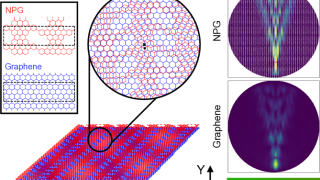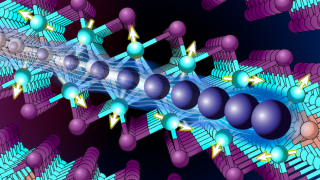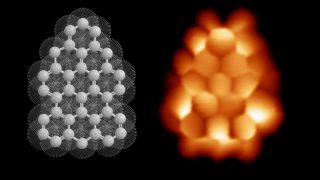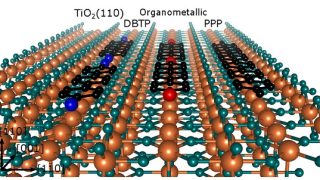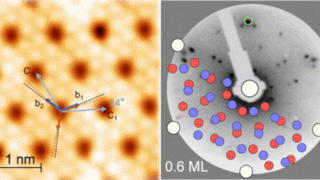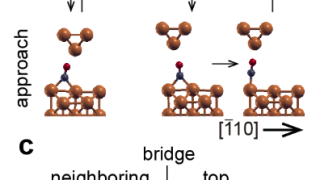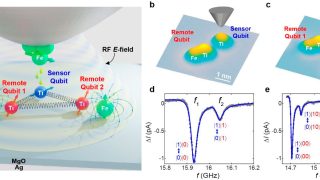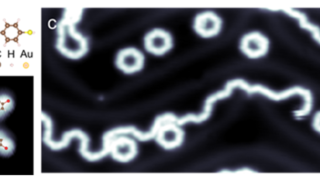
Deep learning techniques, a game-changer for quantum chemistry
Chemistry • Condensed matter • DIPC Computer Science • DIPC Electronic Properties • Quantum chemistry
Quantum chemistry is a field that dives into the behaviour of atoms and molecules at their most fundamental level, using the principles of quantum mechanics to understand how electrons interact within these systems. For researchers, one of the biggest challenges is studying systems where electrons are strongly correlated—meaning their movements are highly interdependent, like dancers […]
